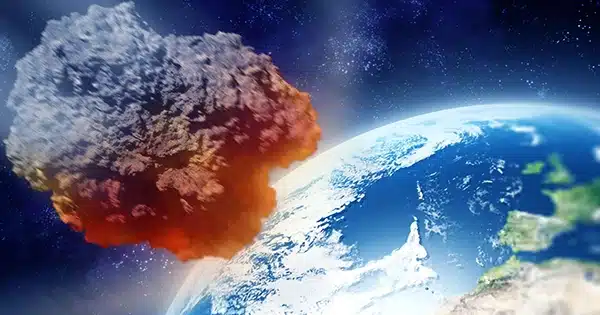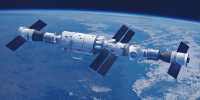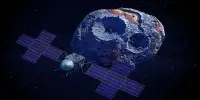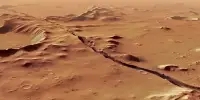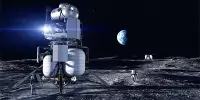A voyage to the Pacific is being planned by a well-known Harvard scientist in search of what he believes may have been an alien artifact that crashed into the water.
In order to search for pieces of an object that fell off the shore of Papua New Guinea’s Manus Island in 2014, Avi Loeb revealed that he is planning a $1.5 million ocean voyage there.
The object was located in 2019 by Loeb, who classified it as the first interstellar asteroid ever found, indicating that it came from a system other than the solar system. Loeb claims that the department of defense’s space command informed NASA in April 2022 that the meteor’s location was interplanetary.
The asteroid, according to Loeb and his colleagues, was also stronger than the other 272 meteors in the Center for Near Earth Object Studies catalog.
“Interested by this finding, I assembled a crew to plan a two-week trip to look for the meteor pieces on the ocean bottom at a depth of 1.7 kilometers. We may be able to identify the object’s origin by examining the makeup of the pieces, according to a Medium article by Loeb.
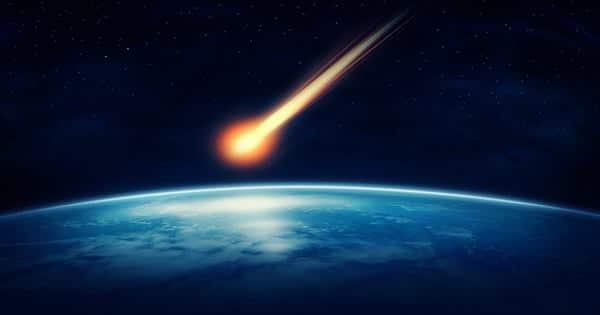
We possess a watercraft. We have assembled a dream squad that includes some of the most skilled and knowledgeable experts in ocean excursions. For the necessary sled, magnets, gathering nets, and mass spectrometer, we have full design and production plans, the scientist added.
According to Loeb, it’s conceivable that the meteor’s toughness is due to the fact that it was created artificially and released from a far-off technological society billions of years ago.
A ship equipped with a magnetic sled that is launched using a long line winch will likely be used for the ocean voyage. The group will include a research crew and seven sled activities.
“Within a search area measuring 10 km by 10 km, we will drag a sled equipped with magnets, cameras, and lights across the ocean bottom. According to Loeb and his team’s report, a variety of sources were used to reduce the size of the search window on the search engine.
The meteor’s composition will determine the magnitude of any pieces that Loeb’s team may discover. Scientist estimates that an iron meteorite will break up into about a thousand pieces bigger than a millimeter. The Loeb team anticipates finding bigger sizes with scores of pieces larger than a centimeter if the meteor is composed of stainless steel.
According to Loeb, he has told Paola Antonelli, the director of the Museum of Modern Art, that he will transport any “sizable technological relic” that his team finds during the trip to New York for exhibition.
The Daily Beast says that this summer’s anticipated launch date for the expedition.
Co-founder of the $1.755 million Galileo Project, which is charged with looking for evidence of extraterrestrial life, Loeb said, “There is a possibility it will fail. He is nonetheless determined about the goal.
